From the book:
"One of the most astonishing things that have yet fallen under our observation is the exceedingly small portion of the earth from which sprang the now flourishing plant of Christianity. The longest journey our Saviour ever performed was from here to Jerusalem--about one hundred to one hundred and twenty miles. The next longest was from here to Sidon--say about sixty or seventy miles. Instead of being wide apart--as American appreciation of distances would naturally suggest--the places made most particularly celebrated by the presence of Christ are nearly all right here in full view, and within cannon-shot of Capernaum. Leaving out two or three short journeys of the Saviour, he spent his life, preached his gospel, and performed his miracles within a compass no larger than an ordinary county in the United States. It is as much as I can do to comprehend this stupefying fact. How it wears a man out to have to read up a hundred pages of history every two or three miles--for verily the celebrated localities of Palestine occur that close together. How wearily, how bewilderingly they swarm about your path!"
- Log in to post comments
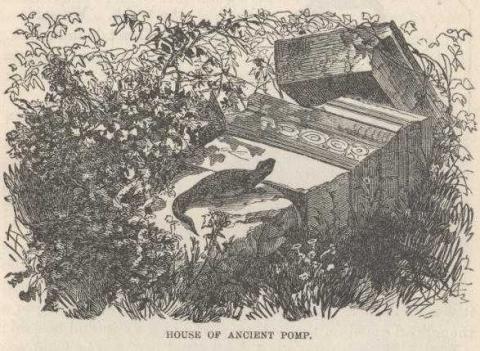
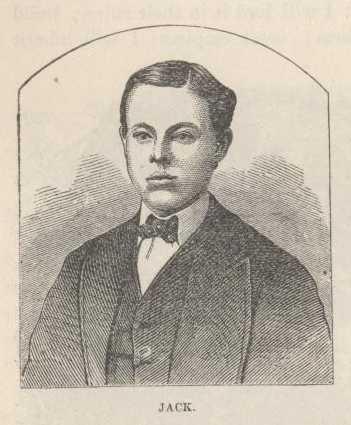
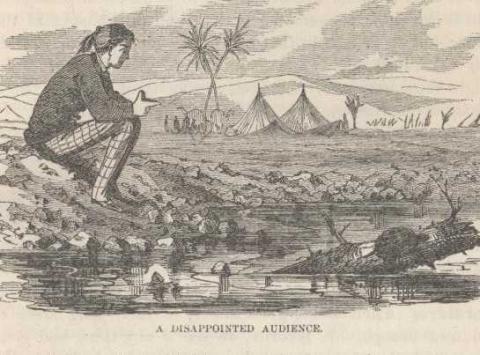
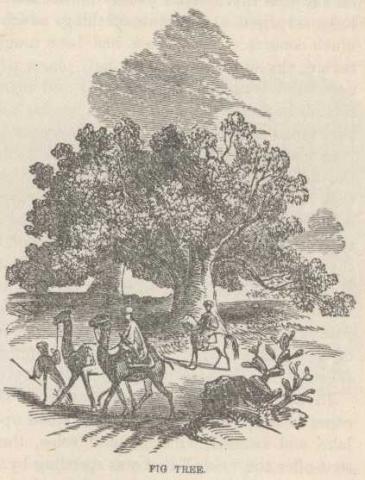
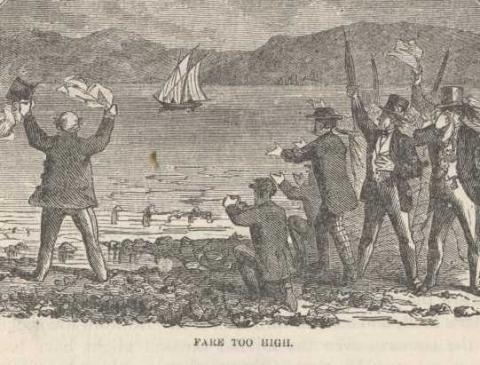
Twain Chapter Comments
Capernaum
scott Wed, 12/05/2018 - 13:34
From Wikipedia: http://en.wikipedia.org/wiki/Capernaum "The town is cited in the Gospel of Luke where it was reported to have been the home of the apostles Simon Peter, Andrew, James and John, as well as the tax collector Matthew. In Matthew 4:13 the town was reported to have been the home of Jesus. One Sabbath, Jesus taught in the synagogue in Capernaum and healed a man who had the spirit of an unclean devil.(Luke 4:31–36 and Mark 1:21–28) [This story is notable for being the only one common between the Gospel of Mark and the Gospel of Luke but not contained in the Gospel of Matthew. See Synoptic Gospels for more literary comparison between the Gospels.] Afterwards, he healed a fever in Simon Peter's mother-in-law.(Luke 4:31-44) According to Luke 7:1–10, it is also the place where a Roman Centurion asked Jesus to heal his servant. Capernaum is also mentioned in the Gospel of Mark (2:1), it is the location of the famous healing of the paralytic lowered through the roof to reach Jesus. According to the Synoptic Gospels, Jesus selected this town as the center of his public ministry in the Galilee after he left the small mountainous hamlet of Nazareth (Matthew 4:12–17). Capernaum has no obvious advantages over any other city in the area, so he probably chose it because it was the home of his first disciples, Simon (Peter) and Andrew. He also formally cursed the city, saying "You shall be brought down to Hades," (Matthew 11:23) because of their lack of response to his teaching."
Capernaum
scott Wed, 12/05/2018 - 13:36
Ian Strathcarron remarks in Innocence and War: " Capernaum was a prosperous town in a rich and fertile area. The reliable historian Josephus, writing thirty years after Jesus died, recorded that 'the whole area is excellent for cattle and crops and rich in forests of all kinds, so that by its adaptability it invites even those least inclined to work the land. Consequently every unit has been cultivated by its inhabitants and not a corner goes to waste. It is thickly studded with towns, and thanks to the natural abundance the innumerable villages are so densely populated that the smallest has more than fifteen thousand inhabitants.'
The whole area fell into disrepair with the Muslim triumphs of the seventh century and by the time of Twain's visit it must have been near its lowest ebb. Sitting in the shade at Capernaum I hear a guide tell a Christian tour group that until the British Mandate of 1917 Galilee had been a sort of Wild West, a lawless land used only for plunder by the Bedouin and taxes by the Turks. Apart from the incorrect date (the British Mandate started in 1922) it seems like a correct analysis and ties in with Twain's own description of Capernaum and its surroundings."